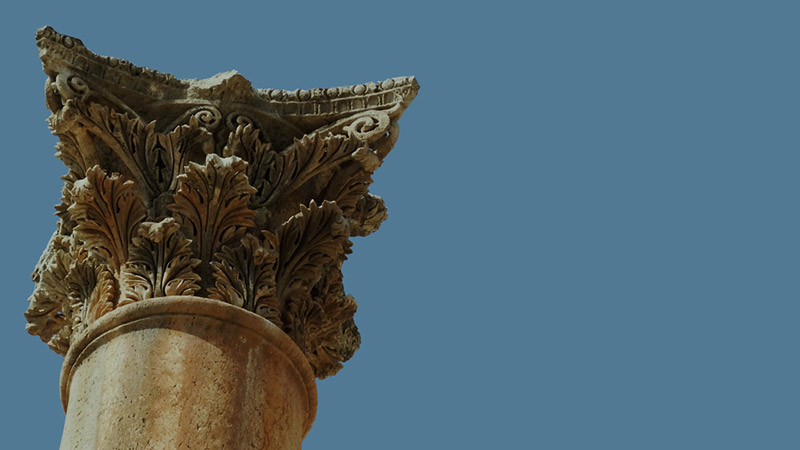More Results
Showing 12 of 445
Articles

Sons of Light
Sons of LightIn Jesus' time, there were four major religious groups (or "philosophies," as Josephus, the Jewish historian of the time, called them). They were the Zealots, the Sadducees, the Pharisees, and the Essenes. It is impossible t...
MORE
Standing at the Crossroads
GezerTravel to Gezer, and learn what it means to stand at the Crossroads.Gezer is one of the greatest tels in Israel. To stand on this magnificent tel is to stand on a part of history that existed as many as 3,000 years before our Messiah walked t...
MOREEncyclopedia

Soreq/Temple Courts
The SoreqThe Soreq was a five-foot-tall stone wall that surrounded the inner courts of the consecrated temple area and was designed to keep Gentiles and other "unacceptable" people out of the inner courts. Gentiles could not pass the Sor...
MORE
Storehouses of Masada
This photograph shows the remains of the 15 storehouses on the eastern side of Masada. The one on the left is as it was found by archaeologists; the others have been reconstructed. In the background above the storehouses, you can see the Dead Sea,...
MORE
Susita
This photograph is taken from Mount Arbel on the western shore of the Sea of Galilee near Tiberias. The hilltop where Susita (Hippos) was located is clearly visible on the eastern shore. Towering over the Sea of Galilee, Susita is connected to the...
MORE
Synagogue Beginnings
There are many theories about the origin of a gathering place called "synagogue." The Greek word for synagogue means "assembly" and is used in place of the Hebrew word meaning "congregation" or "community of Isra...
MORE
Synagogue Leaders
Local elders governed the synagogue as a kind of democracy. While all adult members of the community could belong to the synagogue, only adult males age 13 or older could be elders.A local caretaker called the hazzan (sometimes called "ruler&...
MORE
Synagogue of En Gedi
This spectacular mosaic floor from a synagogue built in the second or third century was found at the oasis of En Gedi along the Dead Sea. The synagogue hall shown here is 45 feet long and about 30 feet wide. It follows the synagogue style found in...
MORE
Synagogue of Gamla
The remains of this synagogue, one of the oldest found in Israel, are outlined in this photograph. It apparently functioned as a community center because no specifically religious artifacts were found in it. However, the mikveh (ritual bath) uncov...
MORE
Synagogue of Korazin
Korazin was one of the cities where "most of his miracles had been performed" (Matt. 11:20). Typical of Galilean towns of the time, the synagogue occupied a prominent place on an elevated platform in the center of town, symbolizing the i...
MORE
Synagogue School
Both boys and girls attended school in Galilee. But only gifted boys continued their education beyond the age of 15, as girls were married by that age. Students probably attended school in the synagogue and were taught by the hazzan or a local Tor...
MOREGlossary

Southern Kingdom Definition
When Israel divided after Solomon's death (926 BC), the tribe of Judah under Rehoboam became the southern kingdom, or Judah. In 586 BC, God punished the people for their sins by exiling them to Babylon for 70 years. Jesus was born of this tribe.
MORE

















